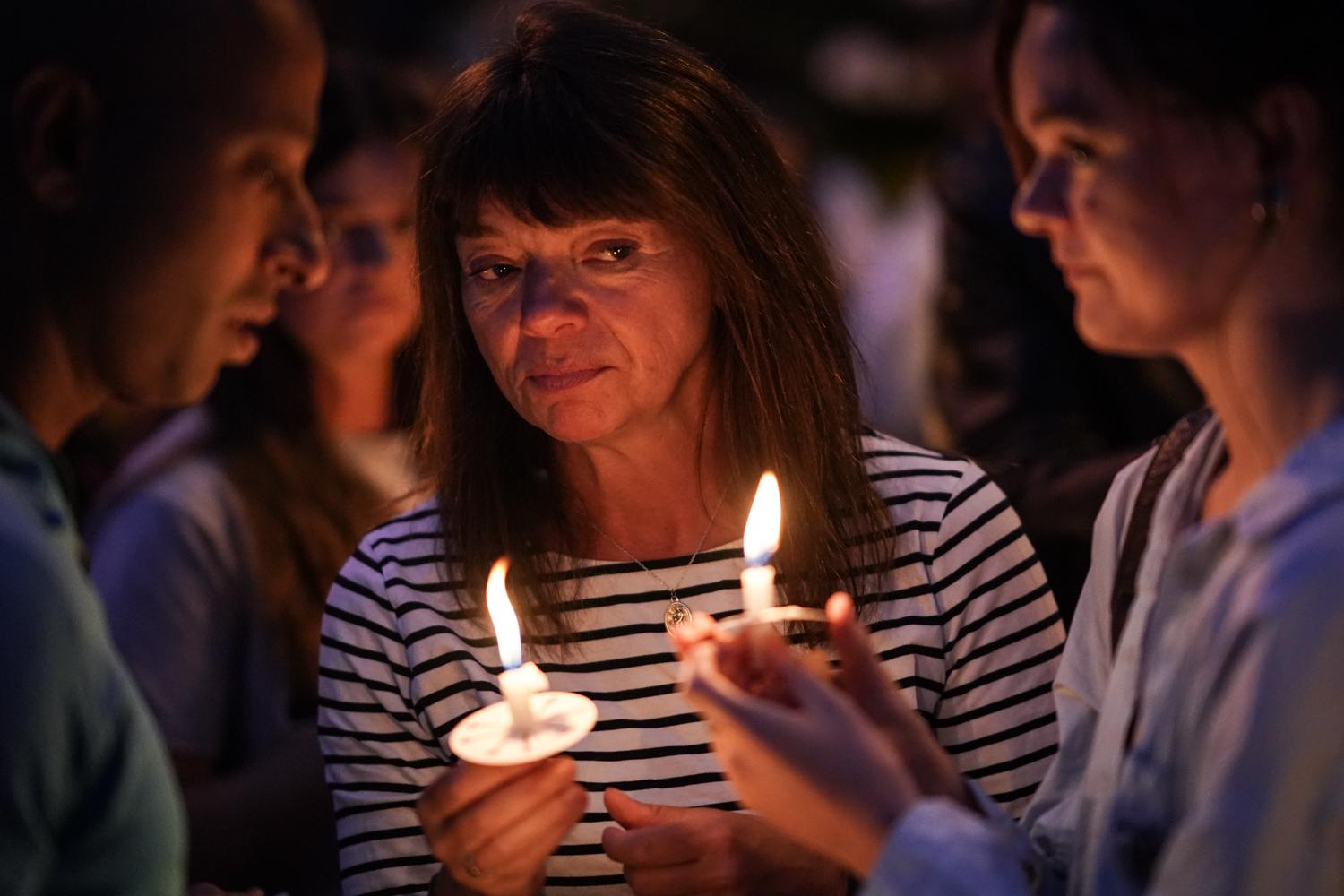
Some anniversaries are truly worth celebrating. When the Berlin Wall came down 25 years ago, we saw rubble remaining from World War II and ugly gray concrete buildings erected by the Communist regime. That was 1989.
A year later, East and West Germany were officially reunified. Today, East Germany has blossomed into an inviting destination of modern hotels, fine restaurants and restored historic attractions.
Cathedrals have been rebuilt, palaces reconstructed, medieval buildings returned to their historic splendor. Some were only completed in the past few years, but look as if they have been there for centuries.
Ancient cities like Dresden, which was firebombed for three days in 1945, at the end of the war, had not
been rebuilt under Russian occupation. But in the past two decades, the city has risen from cold ashes to become the showplace it once was. To the casual eye, it’s hard to tell new buildings from old.
But a visit today to East Germany, off-limits just a generation ago, yields an array of riches.
Take Dresden.
Despite heavy bombing by Allies, a block-long mural of 24,000 porcelain tiles was miraculously

untouched. It depicts 35 rulers of the region, including the locally revered Augustus the Strong. Augustus was as much admired for his virility as for his wisdom as a ruler. Supposedly, he could lift a grown man with one hand and it’s rumored that he fathered 365 children, some of them legitimate.
The Zwinger, a complex of buildings surrounding a vast square, took 800 years to build and represents architectural styles from Romanesque to baroque, rococo to contemporary. It was seriously war-damaged. But many of its buildings have been beautifully reconstructed in their original styles.
In Dresden, don’t miss the Green Vault, an exceptional museum with one of the largest collections of treasures in Europe. It was terribly war-damaged, and its contents removed by the occupying Russians, who later returned them. It has entire rooms devoted to nothing but ivory, amber, silver, gold and jewels –

including the Dresden Green Diamond (41 carats), the Saxon White Diamond (44 carats) and a spectacular 648-carat sapphire that was a gift from Czar Peter I of Russia. The rooms of this museum resemble jewel boxes fit to hold all these gems.
Established in the 12th century as a center of trade and commerce, Leipzig also was badly damaged by war. But it has resurrected many of its stunning buildings, including a city hall that looks more like a cathedral.
A bit more Bohemian in nature than Dresden, you’ll find absinthe and “goth” bars in Leipzig along with grand churches.
Visit the Battle of Leipzig monument. The largest single monument in Europe, it marks a historic battle involving 600,000 soldiers and the defeat of Napoleon.
You can’t really visit East Germany without visiting East Berlin. The Wall is gone, except for protected remnants that are now tourist attractions.
Berlin is a big city, so start by taking a city bus tour, which shows highlights of both East and West, including the Reichstag (the historic German parliament building), which was finally restored after Reunification and the Charlottenburg Schoss, a grand palace built for a Prussian empress.
Especially visit the magnificent 18th century Brandenburg Gate, once the symbol of divided Germany and now a symbol of peace and Reunification. It wasn’t finally fully restored in 2002.
History echoes through every step you take on the cobblestones of East Germany. Each town, church or castle reminds us of the destruction of war -- and the ability of the human spirit to overcome it.
WEB EXTRA
IF YOU GO
For general information on visiting Germany, go online to http://www.visitgermany.com/ or http://www.germany.travel/en/index.html
For information on Berlin, visit http://www.visitberlin.de/en

Linda DuVal is the former travel editor for The Gazette, a freelance travel writer and winner of several Lowell Thomas awards. She is the co-author of Insider’s Guide to Colorado Springs and writes a local Web site, Pikes Peak on the Cheap (www.pikespeakonthecheap.com).
Colorado Traveler airs Sundays before the Splendid Table and Wednesdays at 11:55 am.








